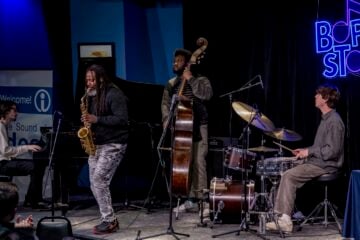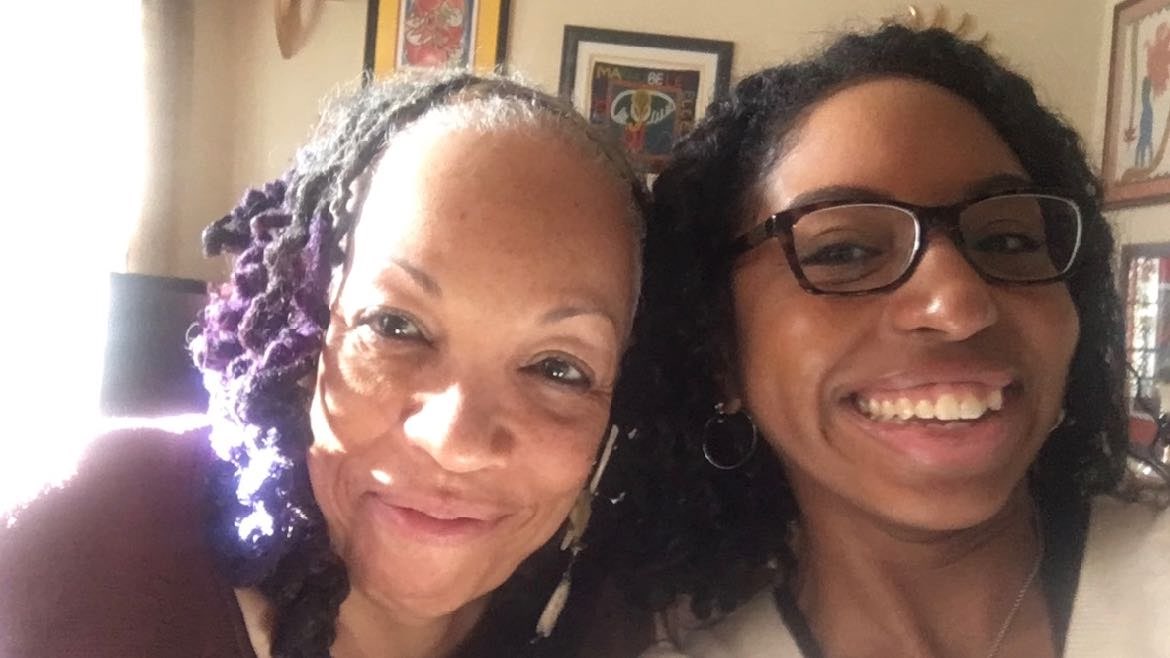Nonprofit news outlets mirror overall media in diversity, according to ASNE survey
Nonprofit news outlets are about as racially diverse as newspapers, according to the American Society of News Editors’ 2016 survey of newsroom staffing.
A total of 737 news organizations, including 91 online-only outlets, responded to this year’s survey, which used email and follow-up phone calls to collect data about newsroom employment as of late 2015. Online organizations employed more minority staff than daily newspapers, according to the findings, but at least one online operation challenged ASNE’s numbers.
The society had already weathered criticism for declining to provide minority employment figures for individual news organizations in a Sept. 9 summary of findings from its annual Newsroom Employment Diversity Survey. Weeks later it released detailed tables of the data.
The survey found that minority employment is at 23 percent for online-only sites, slightly higher than the 17 percent reported for daily newspapers. Since fewer organizations participated this year, ASNE said year-to-year comparisons aren’t appropriate. Researchers compared data from 433 organizations that participated in the 2015 and 2016 surveys and found a 5.6 percent increase in minority employment, driven mainly by hiring at large-circulation newspapers and online news outlets.
At least 22 of the online-only outlets participating in the 2016 survey are members of the Institute for Nonprofit News, according to a spreadsheet INN’s senior director of product and technology shared on Twitter. Among these groups, minority staffing is at 19 percent.
For comparison, racial minorities — black, Asian, American Indian and non-white Hispanics — make up about 23 percent of the U.S. population, according to U.S. census data. When white Hispanics are accounted for, that percentage increases to about 38 percent.
Most journalists working in nonprofit news have come from other media organizations, said Sue Cross, INN’s executive director. Diversity is crucial to these nonprofits, which tend to focus on watchdog journalism and reporting on undercovered communities and issues.
“It’s not surprising to me that nonprofit news organizations are roughly mirroring the diversity of the overall media, because we’re drawing from the same pool of people,” Cross said. “There is a talent pipeline issue for sure that people have to tackle.”
In addition to newsroom talent, Cross said, it’s important to consider diversity among business and technology staffs because their decisions influence what news reaches a community, and whether there are systems that offer a range of people a voice in the newsroom.
Given that ASNE’s survey represents a small sample of INN’s 120 members and nonprofit organizations tend to have relatively small staffs, Cross and others warn against drawing any big conclusions. (Current is a member of INN, but did not participate in the survey.) Cross estimates there are about 200 nonprofit news organizations actively publishing across the country.
The survey counts ten of the 22 INN members as 100 percent white, including the Washington, D.C.-based Center for Public Integrity, which is inaccurately represented.
“No one here would have reported ‘zero’ because zero is inaccurate,” said Gordon Witkin, CPI’s executive editor.
Of CPI’s 40 staffers, 72.5 percent are white, 10 percent are black, 7.5 percent are Hispanic, and 5 percent each are Asian and two or more races, Witkin said.
News organizations self-report diversity figures, according to ASNE, which contacted 1,734 news organizations, including 1,377 daily print newspapers and 357 online-only sites.
“We email the survey to each organization and then [Florida International University] followed up with multiple emails and phone calls and each newsroom filled it out and responded,” said Jiyoung Won, ASNE’s communications coordinator.
Emails first sent in mid-April were followed by weekly reminders. Beginning in mid-May, the university reached out with follow-up calls to non-responding organizations, who received multiple emails, and at least three follow-up phone calls each, according to ASNE. Organizations were asked to report diversity figures for the end of 2015.
ASNE says CPI’s listing was taken by phone, and the researcher who entered the data confirmed there hadn’t been a data entry error. They’re unsure why there is a discrepancy and say they are looking into what needs to be done about it.
Witkin says none of CPI’s senior team remembers seeing the ASNE survey.
The Center for Public Integrity has made efforts to diversify its staff and create a pipeline through a fellowship program. A diversity committee, chaired by CEO Peter Bale, meets every couple of months to consider issues related to workforce diversity, recruitment and coverage. The organization advertises job openings on minority journalism websites, talks to journalism schools with racially diverse student bodies and holds seminars at the major minority journalism conventions, Witkin said.
“It’s frustrating, but clearly there was just a glitch here of some kind,” Witkin said, referring to ASNE’s survey. “I don’t know whether it was their fault or our fault, but the numbers are just not accurate.”
Other INN members reported as 100 percent white, like the Arizona Center for Investigative Reporting, Wisconsin Center for Investigative Journalism and Iowa Watch, have small staffs of up to four people plus contributors, interns and volunteers, who wouldn’t have been reflected in the survey findings. For example, the Arizona Center for Investigative Reporting currently has two part-time interns, including one minority. Three-fourths of its contributing reporters are Hispanic.
“Technically, with one full time employee (me), we are 100 percent white,” Brandon Quester, founder and executive director/editor, wrote in an email, noting that his senior reporter isn’t quite full-time. “I’d say taking into account the size of our newsroom, the listing is somewhat misleading.”
Honolulu Civil Beat, a six-year-old startup that recently moved to a nonprofit model, is the most racially diverse INN member. Its staff is 54.2 percent white, 20.8 percent Hispanic, 16.7 percent Asian and 8.3 percent Hawaiian or Pacific Islander, according to the survey. No blacks were counted.
Other INN members with greater representation among different racial categories include ProPublica, The Texas Tribune and the Center for Investigative Reporting. Each is at least 70 percent white, and boasts larger news staffs, some with dozens of people. A listing for the St. Louis Beacon, which was absorbed by St. Louis Public Radio in 2013, shows the organization is 76.9 percent white, 11.5 percent black, 3.8 percent Hispanic, and 3.8 percent each Asian and other.








As is the case with Brandon Quester’s outfit, IowaWatch has one staffer now — we had two, both white, when the survey was taken and will have two again when the position is filled so we show up 100 percent white (although we were 50/50 male/female when the survey was taken, another unreliable read on our diversity because of the small sample). We work with student volunteers who include African Americans and Asians. The best thing we get when the diversity pool is deep is perspective but we also have more avenues for gathering and understanding news. I’m convinced that an IowaWatch report in 2014 that won an SPJ Master of Excellence award for best online news story by a college student journalist was good because the reporter, who is from China, knew the topic and its importance and was able to relate it to a worldwide audience. http://iowawatch.org/2015/05/06/spj-names-lu-shen-iowawatch-story-nations-best-student-journalism-online-news-story/